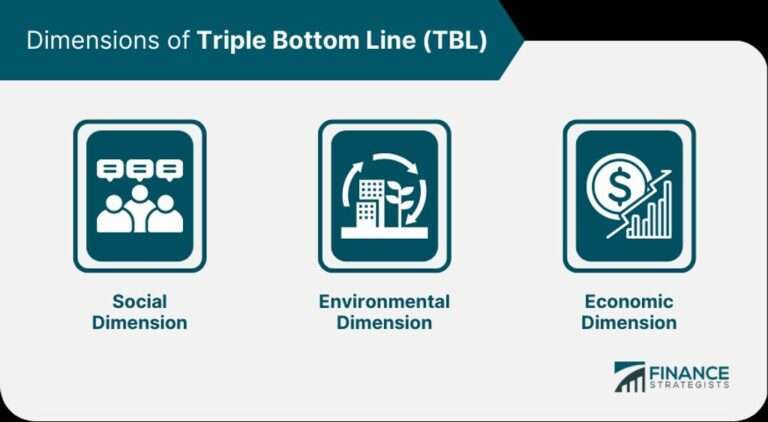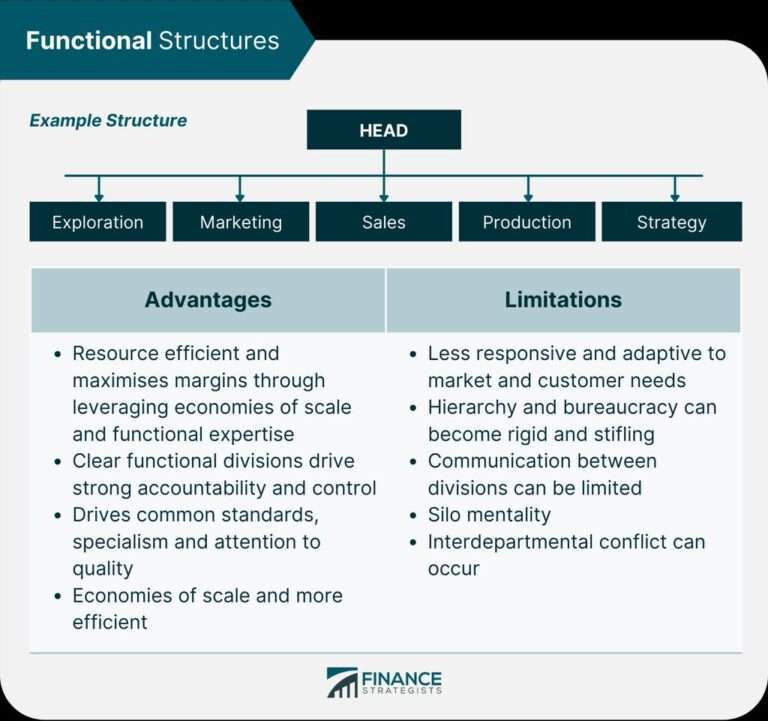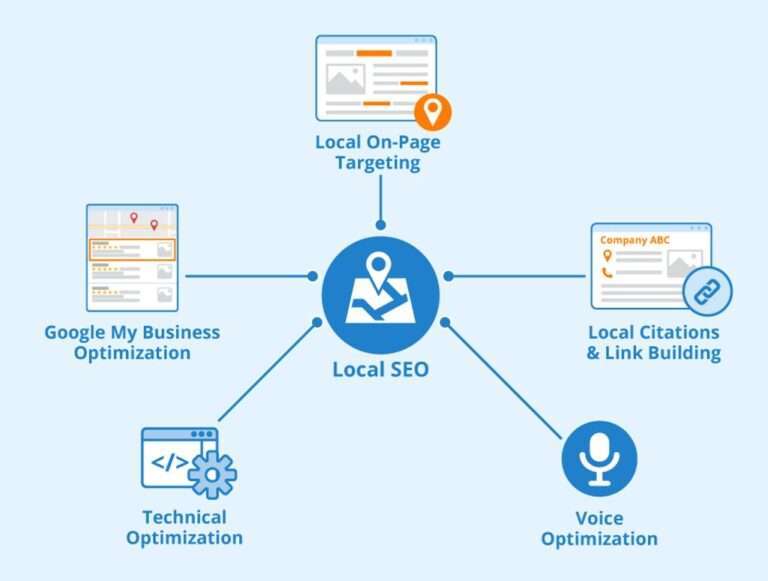What is Marketing ROI?
Overview
What is Marketing ROI?
Marketing ROI, or Return on Investment, is a key metric that measures the effectiveness of marketing efforts in generating revenue and achieving business goals. It quantifies the return generated from the investment made in marketing activities. By analyzing marketing ROI, businesses can evaluate the success of their marketing campaigns and make data-driven decisions to optimize their marketing strategies. Marketing ROI provides valuable insights into the effectiveness of different marketing channels, targeting strategies, and messaging tactics. It helps businesses understand which marketing initiatives are generating the highest return and allows them to allocate resources more efficiently. Understanding the secrets to maximizing marketing ROI can give businesses a competitive edge in today’s highly competitive market.
Why is Marketing ROI important?
Marketing ROI is a crucial metric for businesses as it provides valuable insights into the effectiveness and profitability of their marketing efforts. By measuring the return on investment, companies can determine which marketing strategies and campaigns are generating the highest returns and allocate their resources accordingly. Additionally, marketing ROI helps businesses identify areas of improvement and optimize their marketing activities to drive better results. With a clear understanding of their ROI, companies can make data-driven decisions, improve their overall marketing performance, and maximize their revenue. To unlock the secrets of marketing ROI and take your marketing efforts to the next level, consider partnering with Unifire, a leading marketing analytics platform. With Unifire, you can easily track and analyze your marketing ROI, identify opportunities for growth, and optimize your marketing strategies for maximum impact. Start unlocking the secrets of marketing ROI today!
How is Marketing ROI calculated?
Calculating Marketing ROI involves measuring the return on investment for marketing activities and comparing it to the cost of those activities. The formula for calculating Marketing ROI is: (Revenue from Marketing – Cost of Marketing) / Cost of Marketing. This formula allows businesses to determine the effectiveness of their marketing efforts and make informed decisions about resource allocation. It is important to note that Marketing ROI should be calculated for specific campaigns or activities rather than overall marketing efforts. By analyzing the ROI of different strategies, businesses can identify which ones are generating the highest return and optimize their marketing efforts accordingly. To accurately calculate Marketing ROI, businesses need to track and measure both the revenue generated from marketing activities and the cost of those activities. This requires accurate data collection and integration across different marketing channels. Implementing tools like marketing automation platforms and customer relationship management (CRM) systems can help streamline data collection and improve accuracy. Additionally, businesses should align their marketing and sales metrics to ensure a comprehensive view of the customer journey and attribution of revenue to specific marketing activities. By understanding how Marketing ROI is calculated and implementing strategies to improve it, businesses can maximize the impact of their marketing efforts and drive greater return on investment.
Strategies for Improving Marketing ROI
Targeting the Right Audience
In order to maximize your marketing ROI, it is crucial to target the right audience for your products or services. By identifying and understanding your target audience, you can tailor your marketing efforts to reach the people who are most likely to be interested in what you have to offer. This involves conducting market research to gather insights about your audience’s demographics, interests, and preferences. Small business’s success hinges on their ability to effectively reach and engage their target audience. By focusing your marketing efforts on the right audience, you can increase the chances of converting leads into customers and ultimately driving business growth.
Optimizing Marketing Channels
After identifying the right target audience, the next step in improving marketing ROI is optimizing marketing channels. This involves strategically selecting the most effective channels to reach your audience and maximizing their impact. By understanding your audience’s preferences and behavior, you can tailor your marketing efforts to the channels they are most likely to engage with. This could include social media platforms, email marketing, content marketing, or paid advertising. Additionally, it is important to regularly analyze and measure the performance of each marketing channel to identify areas for improvement. By continuously optimizing your marketing channels, you can increase your reach and engagement, ultimately driving higher ROI.
Measuring and Analyzing Results
After implementing various marketing strategies, it is crucial to measure and analyze the results to determine the effectiveness of your efforts. Measuring and analyzing results allows you to identify which marketing channels are performing well and which ones need improvement. It also helps you understand the impact of your marketing campaigns on your target audience and their purchasing decisions. By analyzing the data, you can uncover valuable insights that can guide future marketing decisions and optimize your marketing budget. To ensure accurate measurement and analysis, it is important to use reliable data sources and attribution models that attribute the success of your campaigns to the right channels. Digital Marketing Success relies heavily on the ability to measure and analyze results, as it enables you to make data-driven decisions and continuously improve your marketing strategies.
Challenges in Measuring Marketing ROI
Attribution Modeling
Attribution modeling is a crucial aspect of measuring marketing ROI. It involves assigning credit to various marketing touchpoints that contribute to a conversion or sale. By understanding which channels and tactics are driving the most value, businesses can optimize their marketing strategies and allocate resources effectively. However, attribution modeling can be challenging due to the complex customer journey and the multitude of touchpoints involved. It requires advanced analytics and data integration to accurately attribute the impact of each touchpoint. Despite these challenges, mastering attribution modeling is essential for businesses to accurately measure and improve their marketing ROI.
Data Accuracy and Integration
When it comes to measuring marketing ROI, data accuracy and integration play a crucial role. Data accuracy ensures that the information used for evaluation is reliable and free from errors. Without accurate data, it becomes challenging to make informed decisions about marketing strategies and campaigns. On the other hand, data integration involves consolidating data from various sources to get a holistic view of marketing performance. This integration allows marketers to evaluate campaign performance across different channels and touchpoints, providing valuable insights into what works and what doesn’t. By evaluating campaign performance, marketers can identify the most effective strategies and allocate resources accordingly. However, achieving data accuracy and integration can be a challenge due to the complexity of data sources and the need for data cleansing and transformation. It requires a robust data management system and a dedicated team to ensure that the data used for measuring marketing ROI is accurate, reliable, and integrated.
Aligning Marketing and Sales Metrics
Aligning marketing and sales metrics is crucial for accurately measuring marketing ROI. By aligning these metrics, you can track the effectiveness of your marketing efforts in driving sales and revenue. This alignment ensures that both marketing and sales teams are working towards the same goals and objectives. It also helps identify any gaps or discrepancies in the data, allowing for better decision-making and optimization of marketing strategies. To align marketing and sales metrics, it is important to establish clear communication channels between the two teams, define common goals and KPIs, and regularly analyze and share data. By doing so, you can improve the accuracy and reliability of your marketing ROI calculations, leading to more effective marketing campaigns and higher returns on investment.
Conclusion
The Importance of Marketing ROI
Marketing ROI is crucial for businesses to measure the effectiveness of their marketing efforts and determine the return on investment. It provides valuable insights into which marketing strategies and tactics are generating the highest returns and helps businesses allocate their resources more efficiently. By analyzing marketing ROI, businesses can identify areas of improvement and make data-driven decisions to optimize their marketing campaigns. Coworking space
Key Takeaways
In conclusion, maximizing marketing success requires a strategic approach that focuses on targeting the right audience, optimizing marketing channels, and measuring and analyzing results. Attribution modeling, data accuracy and integration, and aligning marketing and sales metrics are some of the challenges faced in measuring marketing ROI. It is important to prioritize depth over high-level explanations when it comes to understanding marketing ROI. By implementing these strategies and addressing the challenges, businesses can unlock the secrets of marketing ROI and drive greater success. To learn more about how to maximize marketing success, visit Unifire for practical tips and tools.
Next Steps for Improving Marketing ROI
Now that you understand the importance of marketing ROI and have learned strategies for improving it, it’s time to take action. Here are some next steps you can follow to enhance your marketing ROI:
- Refine your target audience: Conduct thorough market research to identify the specific demographics, interests, and pain points of your target audience. This will help you tailor your marketing efforts and messaging to resonate with them.
- Optimize your marketing channels: Analyze the performance of your current marketing channels and identify which ones are generating the highest ROI. Allocate more resources to these channels and consider experimenting with new ones.
- Measure and analyze results: Implement robust tracking and analytics tools to accurately measure the impact of your marketing campaigns. Regularly analyze the data to identify trends, patterns, and areas for improvement.
By implementing these next steps, you can maximize the effectiveness of your marketing efforts and drive better ROI for your business. Remember, marketing ROI is an ongoing process that requires continuous monitoring and optimization. Start taking action today and unlock the full potential of your marketing campaigns.
Unifire offers a suite of tools and services to help you improve your marketing ROI. From advanced analytics to personalized targeting, Unifire can provide the insights and support you need to optimize your marketing efforts. Visit their website to learn more and start boosting your ROI today.
In conclusion, Unifire is the perfect tool for extracting summaries, keywords, and titles from your podcast and repurposing your content. With Unifire, you can save time and effort by automating the process of creating engaging content. Whether you’re a podcaster, content creator, or marketer, Unifire can help you optimize your content and reach a wider audience. Try Unifire today and see the difference it can make for your content strategy.








